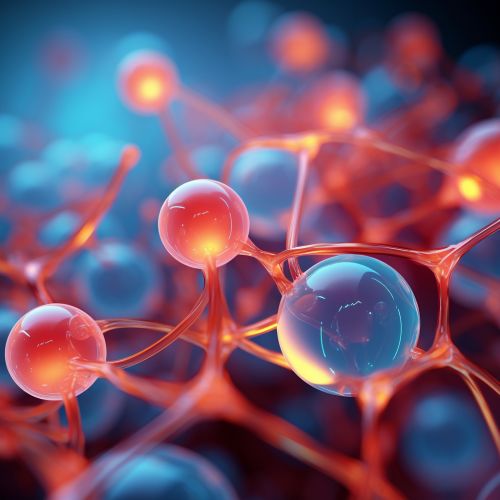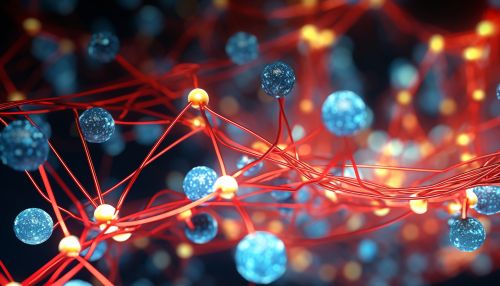Phospholipase C
Overview
Phospholipase C (PLC) is a class of enzymes that are vital to several biological functions, including intracellular signal transduction. They are found in many organisms, from bacteria to humans, and are involved in a wide range of cellular processes.
Structure
PLC enzymes are composed of several domains, including the PH (pleckstrin homology), EF-hand, X, Y, and C2 domains. The X and Y domains form the catalytic core of the enzyme, while the PH, EF-hand, and C2 domains are involved in membrane binding and regulation of enzyme activity.


Function
The primary function of PLC is to cleave phospholipids just before the phosphate group. This cleavage results in the creation of inositol trisphosphate (IP3) and diacylglycerol (DAG), two important second messengers in signal transduction pathways. IP3 triggers the release of calcium ions from intracellular stores, while DAG activates protein kinase C (PKC), leading to downstream effects on cellular functions.
Classification
PLC enzymes are classified into six main types based on their structure and function: PLC-β, PLC-γ, PLC-δ, PLC-ε, PLC-ζ, and PLC-η. Each type has distinct regulatory mechanisms and roles in cellular signaling.
Role in Disease
Abnormal PLC activity has been implicated in several diseases, including cancer, diabetes, and autoimmune disorders. For example, mutations in PLC-ε have been linked to early-onset nephrotic syndrome, a type of kidney disease.
Therapeutic Potential
Due to their role in disease, PLC enzymes are considered potential therapeutic targets. Several PLC inhibitors have been developed and are currently being tested in clinical trials for various diseases.
